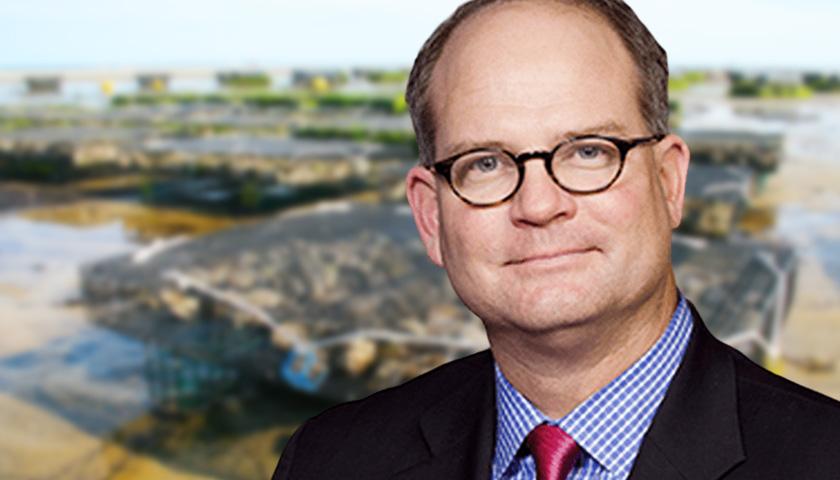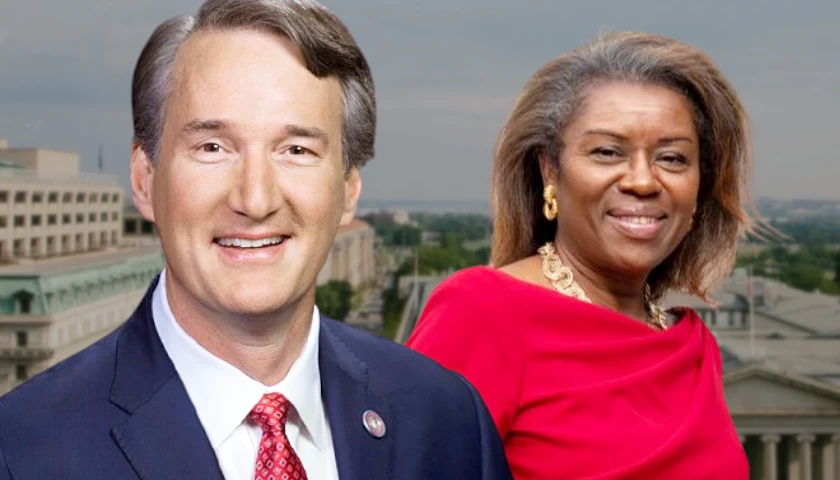by Madison Hirneisen
A bill sent to Gov. Glenn Youngkin this legislative session would reward individuals that recycle oyster shells – a measure supporters say could benefit several sectors across Virginia.
In the final days of the legislative session, lawmakers in the General Assembly voted to advance a bill to the governor’s desk that would provide grants to anyone who donates oyster shells to nonprofits for use in restoration projects. The grants awarded would total $4 per bushel of oyster shells and be capped at $1,500 per person in a year.
The bill’s author, Sen. Monty Mason, D-Williamsburg, told a committee of lawmakers last month the goal of the measure is to encourage oyster shell recycling and “keep the oyster shells out of landfills.”
If the bill is signed into law, supporters say it will reward businesses who have recycled oyster shells for years, while also encouraging new restaurants and businesses to do so. Several restaurants and businesses in various parts of the state participate in oyster shell recycling programs run by groups including the Chesapeake Bay Foundation, Friends of the Rappahannock, Lynnhaven River Now.
“So many restaurants are struggling to have enough staff on hand, make ends meet with inflation and are struggling with rising prices,” Julie Luecke, an oyster restoration specialist with the Chesapeake Bay Foundation told The Center Square. “The restaurants that participate in CBF oyster shell recycling program, they have all really said that this kind of reward for the current participants could not have come at a better time.”
“It’s a reward for that extra effort that until now, has gone appreciated but not recognized in this kind of way,” Luecke added.
Oyster shells are a limited resource in the commonwealth that supporters say is an important tool for addressing oyster populations, shoreline restoration due to erosion, reef restoration and water quality. According to Luecke, recycled shells provide a hard surface for oyster larvae to cling to in the water, resulting in the production of oyster clumps that grow into adults.
Luecke described a snowball effect that will occur by having more recycled oyster shell in Chesapeake Bay, noting more shells in the water will produce an impact across several sectors.
“The more shell that we have in the system that can go towards replenishment, the more we can harvest oysters,” Luecke told The Center Square. “The more oysters there are to harvest, the better the industry does, the better the economy in Virginia.”
Oyster harvesting has been a part of Virginia’s economy for hundreds of years. The over-harvesting of oysters dates back to the 1800’s, while the first efforts to restore oyster populations began in the 1930’s, according to CBF Chief Scientist Chris Moore.
After two diseases infected and impacted oyster populations in the late 1950’s and early 1960’s, Moore noted water quality impacts and increased sediment covered up historical oyster reefs, resulting in restoration efforts in recent decades to build back up oyster habitat.
Restoration efforts have proven fruitful, supporters say, noting the oyster population has been steadily increasing since bottoming out in the 1990’s. Current projections indicate this year will be the best oyster harvest the state has seen in 35 years, producing roughly 300,000 bushels.
“We look at oysters as being a great example of something that provides cultural benefits, ecological benefits and economic benefits to the state,” Moore said. He noted SB 997 will produce a grant program that gives flexibility in how funds can be used, allowing flexibility for clientele needs and result in a more “robust” restoration industry.
Kenny Fletcher, communications director for CFB, underscored the importance of oysters in Virginia’s economy and culture, noting indigenous tribes lived off oysters before the first settlers arrived in Virginia in the 1600’s. Oyster harvest in the Chesapeake Bay peaked in the 1880’s, producing roughly 5 million bushels per year, according to research in Frontiers Marine Science.
“Oysters have been such a big part of Virginia’s economy through history,” Fletcher said. “Now that we’re at just a tiny fraction of that historic population, the fact that we’re investing in it again and bringing back the oyster population, all the economic benefits that come with it are huge.”
– – –
Madison Hirneisen is a staff reporter covering Virginia and Maryland for The Center Square. Madison previously covered California for The Center Square out of Los Angeles, but recently relocated to the DC area. Her reporting has appeared in several community newspapers and The Washington Times.
Photo “Monty Mason” by Senate of Virginia. Background Photo “Oyster Farm” by 1957725.





